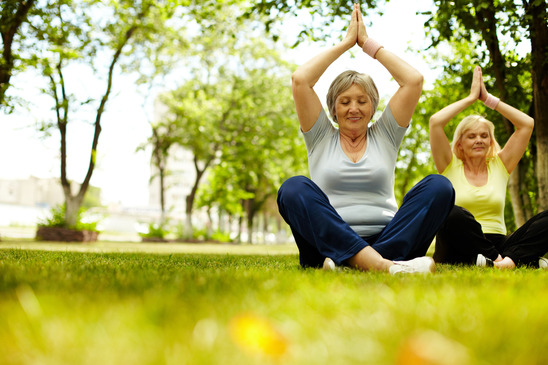
For me and many of those I serve, weight management is nothing less than a spiritual path to wholeness. Do I get sick of having to manage my weight? Absolutely. Do I wish that there would be a time when I didn’t have to think about it? Are there days when it’s the last thing I want to think (or write or teach!) about? Yep.
That’s the thing about spiritual paths. It’s not fun and games all (or even most) of the time. The ecstasy is fun and with practice comes more easily, and I know that my weight fatigue is a necessary part of the ecstasy I’ll be feeling tomorrow.
Feeling really sick of my spiritual path is an indicator. It usually means that I need to look at my path in a new light or from a different angle. It’s tempting to give up, backslide, binge and give up. But no, this is my path, and feeling sick of it is on the path.
I also start to look around for ways to be fantastic to myself while staying on (or near) my path. This is how I was taught. To be compassionate to myself, stay, and to get curious about the experience of what I am feeling. Hmmm…I wonder what that being sick of it is about – really? To stay with it and watch it rather than react.
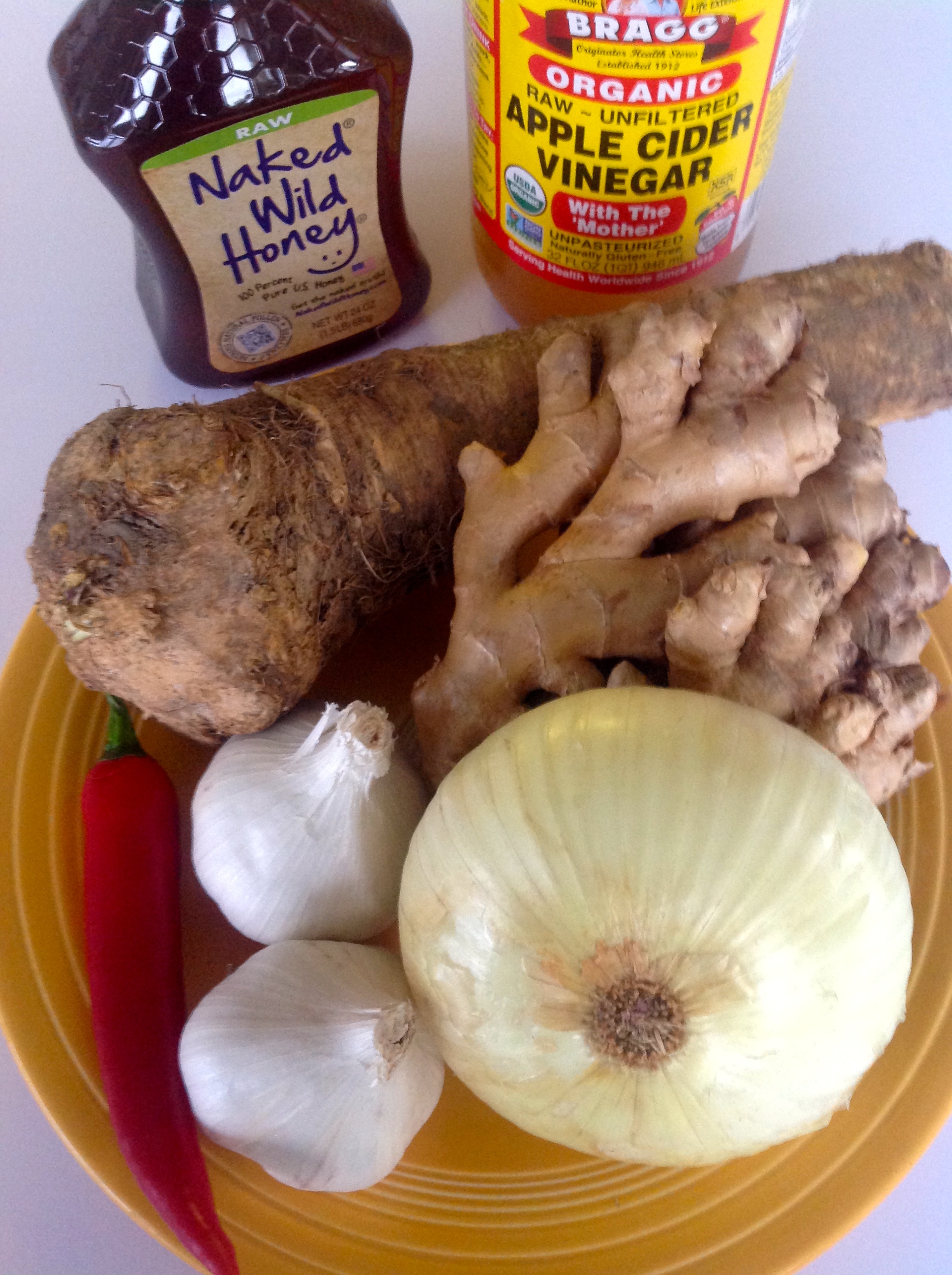
A Materia Medica is a library of medicine, usually botanicals. Herbal books and websites often have an area where the health and medicinal qualities of particular plants are gathered. Likewise, many cookbooks have a section that focuses on the use and perhaps benefits of particular ingredients. Herbalists and cooks have great respect for the qualities of each plant.
My recipes use whole food plant based ingredients which are naturally healthful. Certain foods and plants carry specific health and healing gifts, and by knowing who you are, and who your ingredients are, you can surround yourself with delicious foods that keep you in balance.
Over the next year, I’ll be building my materia medica of botanicals and plants with particular healing gifts. I will include a roundup of Western literature, as well as herbal and folk wisdom, and the plant-spirit energy template of the plant. Plants have so much to teach us, and we can heal so deeply from getting to know them as individuals and arranging them in choruses as recipes.
For your pleasure! Enjoy the journey!
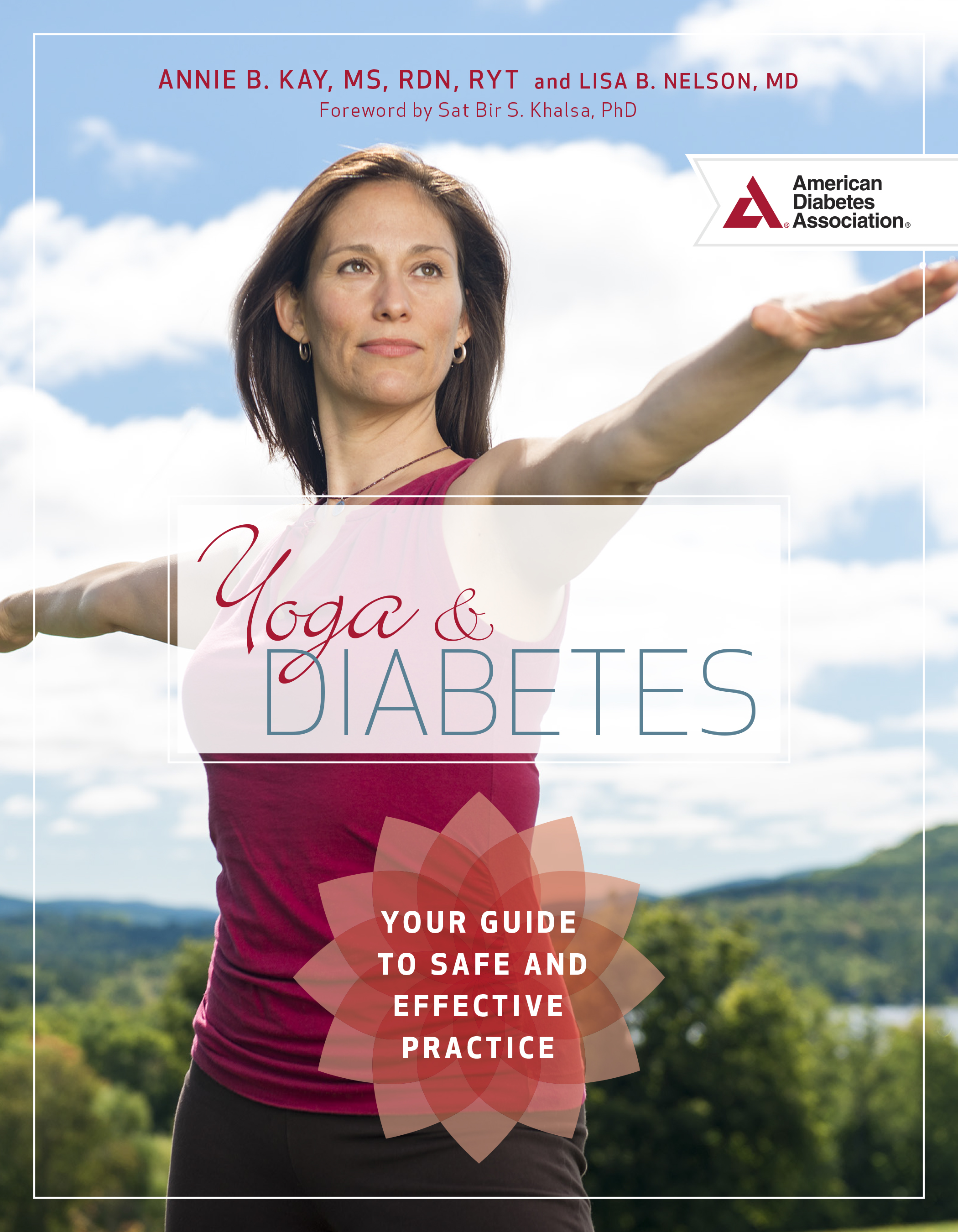
The book is on bookstore shelves across the country. We’ve been hitting the airwaves and the blogosphere too, lots of interviews, lots of excitement for the science of yoga and the book itself. Stay tuned!
The design is beautiful, the flows are great, and if you or someone you love has diabetes, here’s a guide that will help you get started, no matter what the medication or issue you’re working with, from fatigue to peripheral neuropathy to gestational diabetes.
Here’s what Stephen Cope, bestselling author of Yoga and the Quest for the True Self had to say:
Yoga & Diabetes is an extraordinarily accessible book, and there are no two better guides than Annie Kay and Lisa Nelson.
Get your copy and please write a review – at the ADA site (if you purchase it there it will most benefit the ADA – a great organization), on Amazon or where ever you travel online.
If you don’t see it at your local bookstore – ask for it!
If you are a health professional and want to get a copy for your office, or tell your purchasing manager about it, here is a sheet to help:
Product details
Spiral-bound: 250 pages
Publisher: American Diabetes Association; 1 Spi edition (June 23, 2015)
Language: English
ISBN-10: 1580405576
ISBN-13: 978-1580405577
Product Dimensions: 8.8 x 7.2 x 0.4 inches
Shipping Weight: 10.4 ounces (View shipping rates and policies)
Average Customer Review: 5.0 out of 5 stars
Big big thanks to all of you who supported Lisa and I through the process, and to those of you helping us get the word out.
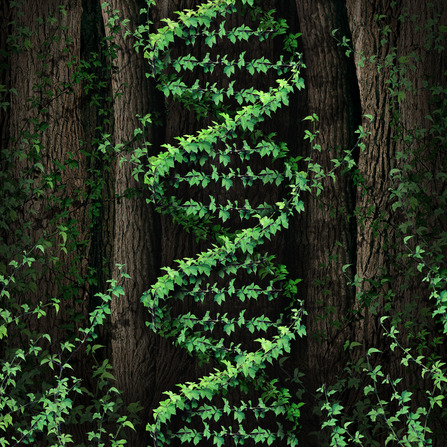
In 2005, I was diagnosed with leukemia. It’s a slow-growing form that mostly strikes older men. When I was first diagnosed, I rode the usual wave of shock and fear and buying of luxury items (what the heck – live for today!). My sweet husband cried and cried.
Since that time, I’ve had to check my labs every six month, following my hematocrit, watching for anemia and rising white blood cells. Last week, for the first time since my diagnosis, my labs were normal. They’d been heading in that direction slowly for several years and bing, normal. Woo-hoot.
I have a brilliant doc; an MD PhD specialist in my particular type, CLL, at Dana Farber in Boston. I asked her what it means; I am a nutritionist with a diet that in some ways is obsessively clean and in others decidedly not and sporadically indulgent. I try with moderate success to get or stay fit, and have a regular meditation practice. I am definitely a seeker and aspire to know my life, occupy and express it fully. I hold my share of resentment, Louise Hay, and am working on it! My doc said that yes, I still have it and sometimes spontaneous remissions happen. Random. She would like to see those labs, though!
At this same time, I have a good friend, a beloved sister, and a woman I’ve known and admired at a distance who are deep in the throws of horrible experiences with cancer. Women who also take great care of themselves, but who got dealt a tougher hand of cards than I, and are going through what no one should need to.
Did my lifestyle cure my cancer? I think so. If there is a lifestyle that reduces risk, I’m living it. I know it made a difference, even though there are just a few trials for my type of cancer; but cherries, vegetables, and beans for me! But there are hints that it might. Epigenetics research is telling us that our thoughts and choices become etched in the very structures of our bodies.
So, if you have cancer – any type of cancer – or have a lot of cancer in your family, find out what groups like the American Institute for Cancer Research have to say about lifestyle. Check out the recipes on this blog…they are clean and vegetable-laden.
But remember too that many do ‘all the right things’ and depending upon the ironic nature of the universe, still get nasty cancers. That’s the fickle finger of risk reduction.
The gifts of this randomness are, I’d say, to remember to:
- enjoy your lifestyle. If you like bread, have some. If you like burgers, have one. AND be aware of how bread and burgers feel in your body and learn the biologic cost to you. Then look for the tastiest and highest quality versions of those foods you can find and afford, and aim to never feel bad about what you eat; and
- do that yogic dance of effort and surrender – of accepting that life has a pattern that we don’t fully understand. So finally,
- feel the mystery. The longer I’m around the more I get that it’s not just the ecstatic experiences in life that fill me with wonder, but it’s the challenging too. It the degree to which you simply take what shows up and do yoga with it.
Namaste. Happy Sunday.
So much more to say about cancer, and so many wonderful teachers of food and yoga in this area. So, more to come.
For those of you with or in close proximity to someone with cancer, how are you feeling about this issue of it’s seemingly random nature? How do you deal with it?
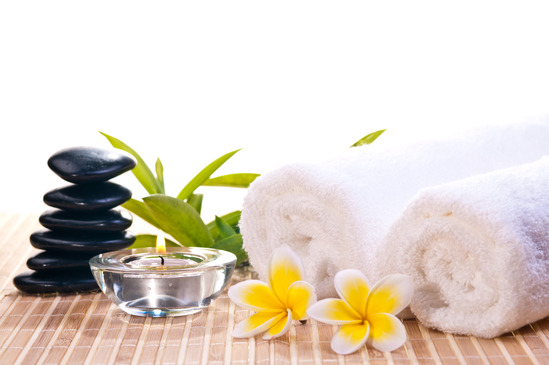
For me it’s the combination of the smell of incense thick in the air, the swing of golden incense pots and the slow procession of men in white. I don’t go to Mass anymore, and am not Catholic for all the usual reasons. Nonetheless, one of many things that upbringing gave me was a love of and understanding of the importance of ritual in my life. From baptism to last rites, a Catholic knows the ceremonies and rituals that tie their lives to an ancestral thread.
The rise of secular culture and the “me generation” is marked by greater acceptance toward those different from ourselves (with notable holdouts), but also less drive to maintain the ritual containers provided by religious and cultural ceremony. The re-emergence of earth cultures, of indigenous shamanic ritual, is perhaps a seeking to re-ritualize our lives. We need to find a new set of rituals to connect us back to the earth, to our ancestors and to the mystery that lies at the heart of all life again.
Rituals are acts performed in a certain way to realize an intention. They are things that we do, often that our ancestors or others have done before for the same effect, often in ceremonial events. They can provide a thread of meaning to mark a transition or close a chapter, honor an aspect of life, or connect us to the mystery and miracle of life. Ceremony and ritual allow us to take a step back, pause time, and be in the miraculous web of our own lives here on earth.
Einstein said it well when thinking about the why: “The most beautiful thing we can experience is the mysterious,” he said. “It is the source of all true art and science. He to whom this emotion is a stranger, who can no longer stand rapt in awe, is as good as dead”. We need it to be fully us, and certainly to be our best selves.
Be it a morning ritual of lighting a candle and bowing to the 4 directions then above below and inside, or a morning or evening gratitude practice, plant bathing, or an elaborate ritual of gathering, clearing, and honoring a common intention (as we will do together at Yoga of Plants over the 4th of July weekend at Kripalu…still room left!), rituals capture time and remind us to feel the mystery.
Interested in learning more about ritual? Check out The Art of Ritual by Renee Beck and Sydney Barbara Metrick. It’s a clear, thoughtful and inspiring book. In my monthly newsletter, I often provide a step-by-step guide on a particular practice that can re-ritualize your life. That newsletter always provides ideas on leading a botanical natural weight lifestyle.
How to add meaning to life with ritual? Practice. All it takes is intention and practice.
What is your favorite ritual?
Enjoy the day. Summer in it’s fullness!







